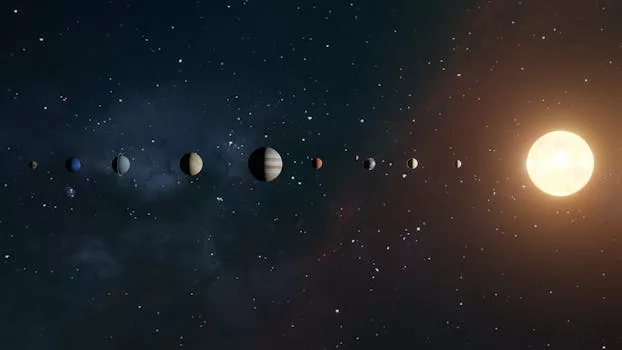
“
From Stardust to Dreams: Imagining Life Beyond the Stars
From Stardust to Dreams: Imagining Life Beyond the Stars is an intriguing topic that has captured human imagination for centuries. The possibility of life existing beyond our planet is a concept that has sparked debate, curiosity, and exploration. As we continue to advance in technology and space travel, the question remains: are we alone in the universe?
Introduction to the Cosmos
The universe is a vast expanse of time, space, and matter. It is estimated to be around 13.8 billion years old, with over 100 billion galaxies, each containing billions of stars. The cosmos is a complex system, governed by laws of physics, gravity, and motion. The formation of stars, planetary systems, and galaxies is a result of these celestial mechanics.
The Formation of Stars and Planetary Systems
Stars are born from giant molecular clouds, which collapse under their own gravity. As the cloud collapses, it begins to spin faster and faster, causing it to flatten into a disk shape. At the center of the disk, a protostar forms, which eventually becomes a main-sequence star. Planetary systems form from the remaining material in the disk, with planets coalescing from dust and gas.
The Search for Life Beyond Earth
The search for life beyond Earth is an ongoing and challenging endeavor. Astronomers use a variety of methods to detect life, including spectroscopy, which analyzes the light passing through a planet’s atmosphere, and the transit method, which measures the decrease in brightness as a planet passes in front of its star. The discovery of exoplanets, planets that orbit stars other than the Sun, has opened up new possibilities for finding life beyond our solar system. This topic aligns closely with our exploration of imagining life beyond the stars.
Imagining Life Beyond the Stars
As we continue to explore the cosmos, we are forced to imagine what life might be like on other planets. The possibility of intelligent life existing elsewhere in the universe is a tantalizing prospect. We might imagine civilizations similar to our own, with technologies and societies that are beyond our comprehension. Alternatively, we might envision life forms that are entirely alien, with biologies and ecologies that are beyond our understanding. This theme resonates with the ideas discussed in Charting New Realms: The Journey of Imagination Beyond the Stars.
Takeaways:
- The universe is vast and complex, with billions of galaxies and stars.
- The formation of stars and planetary systems is a result of celestial mechanics.
- The search for life beyond Earth is an ongoing and challenging endeavor.
- Imagining life beyond the stars is a thought-provoking and intriguing topic, as explored in Soaring Through the Cosmos: The Power of Imagination Beyond the Stars.






